It’s a bit of an urban legend that old maps were labeled with the words “here be dragons” to indicate unexplored territories where such creatures may have lurked, but it was, in fact, a common practice for cartographers to place illustrations of mythological beasts and sea monsters on uncharted areas of atlases.
I’ve always been enchanted by that phrase and that it represents, even in today’s well-documented world, that there are still areas on this profoundly splendid planet that are enigmatic. Most of those areas are covered by water, and they do indeed conceal magnificent leviathans.
Big animal encounters are the holy grail of the diving world. Nothing like floating peacefully in tranquil blue water flying the devil may care attitude to all things un-oceanic only to be dwarfed by the presence of a fish the size of a bus or a mammal whose veins are big enough for you to swim through. With the rising popularity of diving and the insatiable human spirit of discovery, eco tourism of the wet and wild variety is a bucket-list must for any adventurous soul.
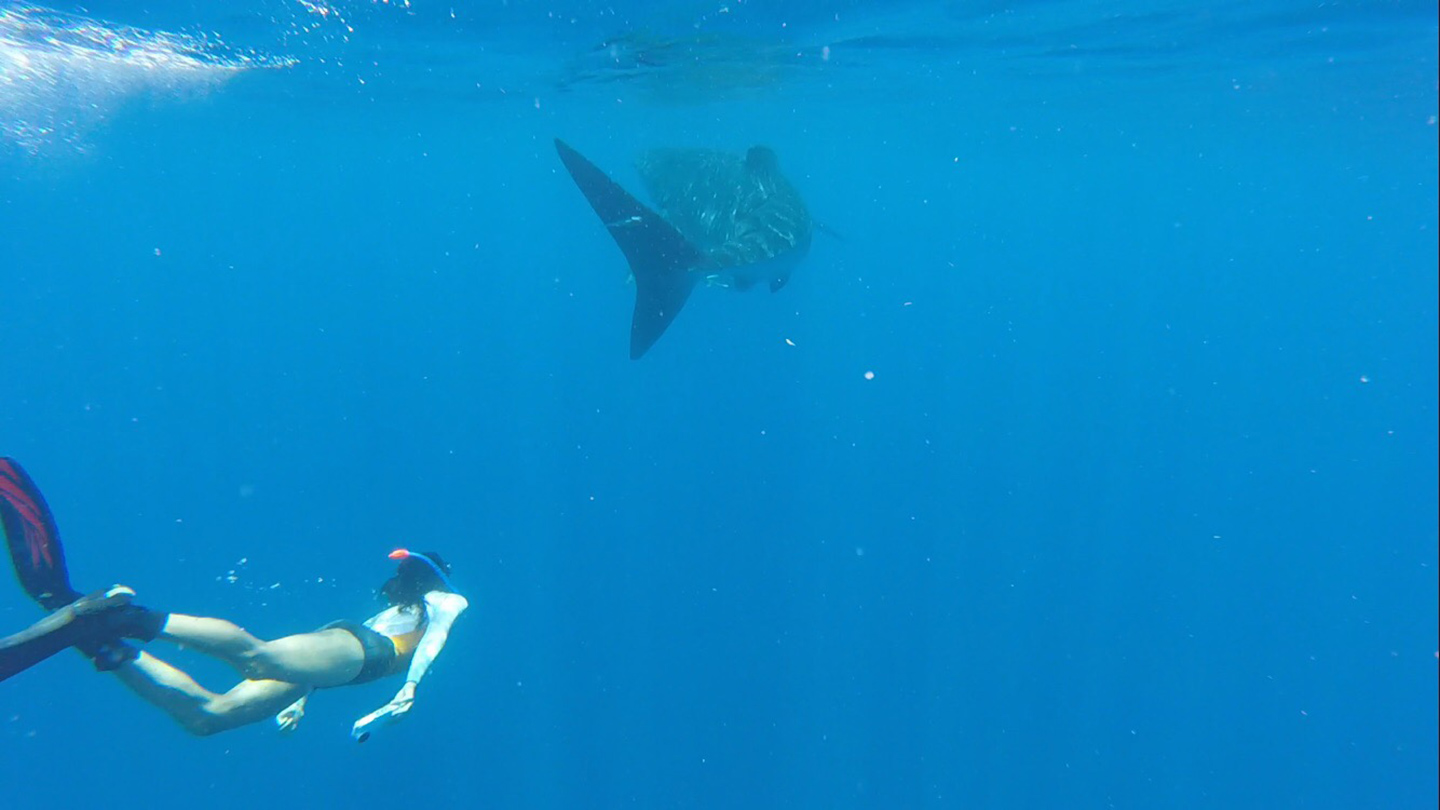
There are top notch places around our liquid planet to get close to these legendary beasts, and the most coveted encounters are generally with sharks.
Top spots for shark diving:
Cocos Island, Costa Rica and Galapagos, Ecuador: Schooling hammerheads
Cat Island Bahamas: Oceanic white tips
Beqa Lagoon, Fiji: Bull sharks
Guadalupe Island, Mexico: Great white sharks
Cornwall, England: Basking sharks
Tiger Beach, Bahamas: Tiger sharks
Isla Mujeres, Mexico: Whale sharks
North Shore, Oahu: Galapagos and sandbar sharks
Morehead City, North Carolina: Sand tiger sharks
Socorro Islands, Mexico: More sharks than you know what to do with
I’ve dipped my toes in a few of these places and can attest to the lasting wonder the experiences will leave you with. My most recent venture into the abyss was to Isla Guadalupe, Mexico … the mecca for close encounters with great whites. They didn’t disappoint. You can read about that experience here.
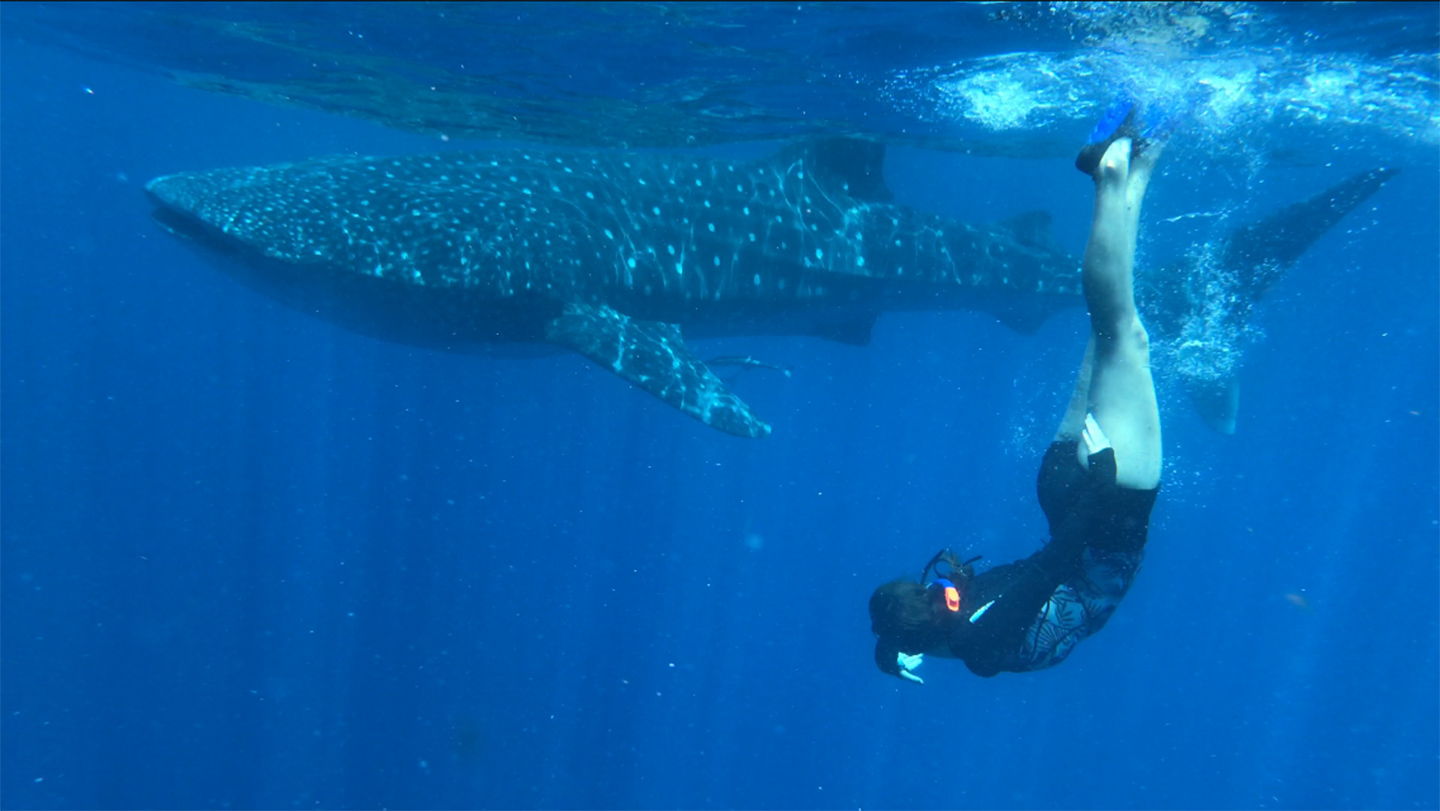
Secondary only to the thrill of being in the water with these amazing creatures, I was excited to spend time with the other mysterious beings aboard our boat … marine biologists. These folks are the real deal. The men and women are spending weeks on remote islands studying shark behavior and physiology, tagging sharks to track their movements, working with governments to establish marine sanctuaries, developing CSI like DNA tests to identify illegal fishing practices and devising scientific systems to better protect sharks from overfishing and brutal practices like finning.
Like any good conservationist, I cornered these knowledgeable individuals (they had nowhere to hide on the boat really…and jumping overboard would have been a poor choice even for them) and chatted them up.
On board was Yannis Papastamatiou, a renowned shark biologist and an assistant professor in the marine sciences program at Florida International University. His favorite fish is the sawfish, he’s a movie buff, loves In-N-Out Burger with raw onion and has a black belt in Jiu-Jitsu. He also has a lot of insight about the plight of sharks in the modern world.
What are your thoughts on shark eco tourism?
YP: I am generally a proponent of shark eco tourism. It helps improve the image sharks have to divers and tourists and it provides an economic incentive for sharks to be kept alive. Those sharks are now worth more alive than dead (at least to certain member of the community) and that helps drive conservation. However, I don’t support all ecotourism and there are certainly bad operators. There are a variety of factors to consider including: Is the operation safe to the tourists? Is it safe for the sharks? And do they actively try and promote education and conservation?
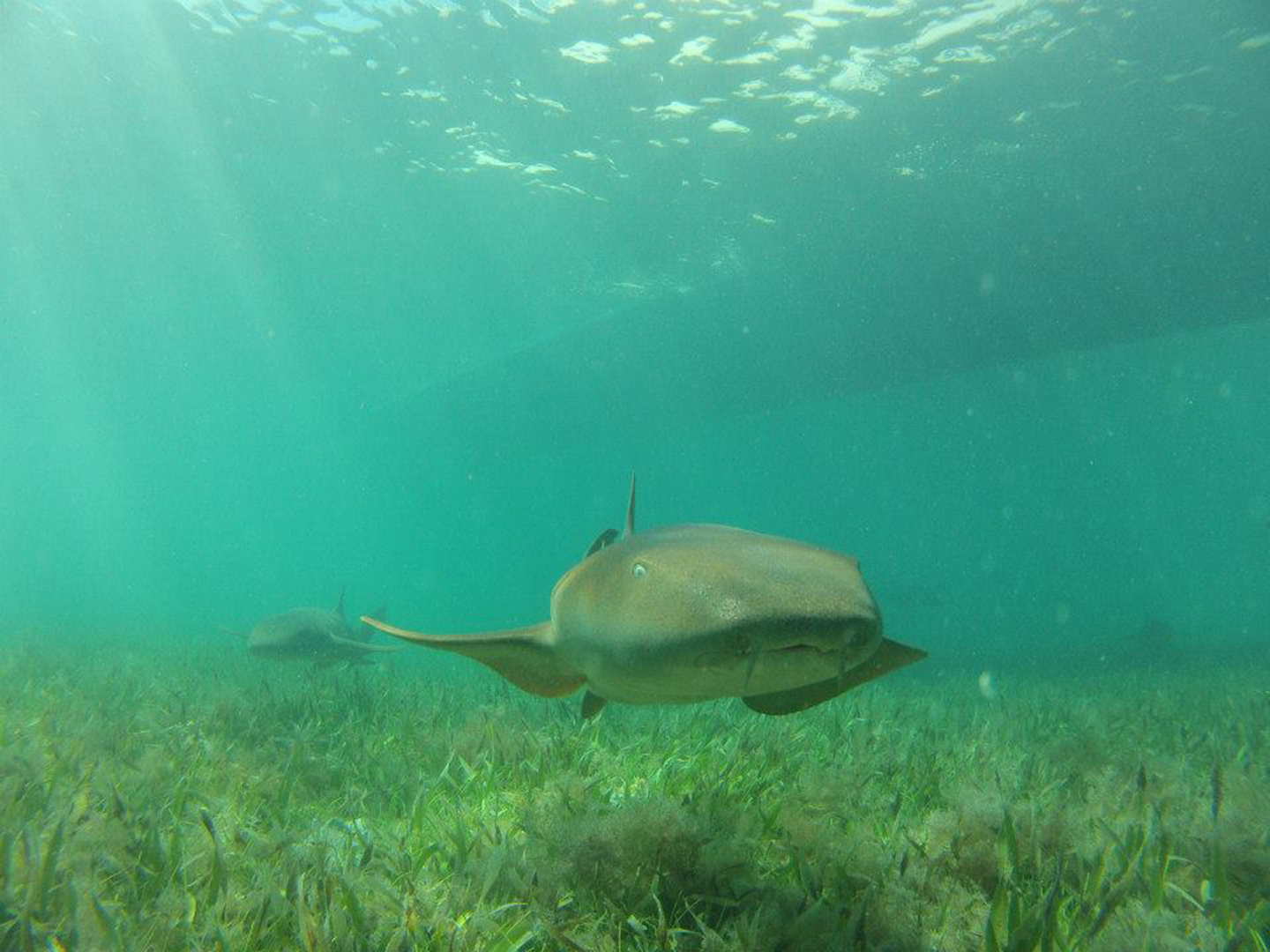
What are the biggest threats facing sharks today?
YP: I would say that overfishing is the biggest threat to sharks today, and most of that comes from poorly managed shark fisheries or fisheries for species that shouldn’t be fished at all. There are other threats such as climate change, but I would say they come a distant second.
What can the average citizen do to support sharks?
YP: Getting involved with shark conservation is not easy as there is a lot of misinformation out there and not all NGOs are effective. Try to find out if a shark NGO you are interested in being involved with has any scientific support. Signing petitions is rarely effective so look carefully with what you get involved with. Try and learn about sharks and their conservation and educate others. However, keep in mind that not everyone will think the same as you and telling them how to think is rarely effective! Contributing to well run ecotourism operation, especially in areas where it may be a significant source of income to the local population, is also a good way to help.
What are some of the misconceptions about shark conservation?
YP: Unfortunately there are a lot of self-proclaimed experts out there and some of the information they spread is false. Facts should be just that; the truth regardless of whether you like what they tell you. Saying sharks control the amount of oxygen in the atmosphere might sound good, but it’s also false. There are also misconceptions regarding how best to aid shark conservation. For example, the term ‘finning’ is often used incorrectly and there is a false believe that banning finning will solve the problem. Some NGO’s are unintentionally counter-productive to conservation as they may direct the publics attention to issues that are not that important (I am not saying finning isn’t important, this is just a general comment). Another example is with trying to get shark species placed on the endangered species list. Endangered species listing has a very specific role (and is certainly not the only conservation measure or status) and should be used appropriately. It’s not a precautionary measure. Trying to get species listed, which don’t need it, costs a huge amount of time and money to the government scientists who have to perform the evaluation. Meanwhile, species that need it, might be getting ignored. I say that as I see a large increase in the number of species being requested for listing, many of which seem to be just randomly selected. Again, understanding conservation requires doing your homework and evaluating the facts. Ultimately effective conservation requires science and public support, so it’s important to correct statements are made and that we (as scientists) convey this information to the public.
See what you can accomplish as a journalist when your subject has nowhere to run?
The people out in the trenches, literally like the Mariana Trench, are the real poster men and women for shark conservation. They don’t post photos of themselves in thong bikinis hanging on shark fins, they’re cautious of Shark Week (with good reason) and don’t aim for the spotlight or their own popularity. That is a bummer because they are some of the most interesting men and women in the world. Instead, they quietly do the work that makes the biggest impact on shark information and conservation. They wear capes … made of neoprene.
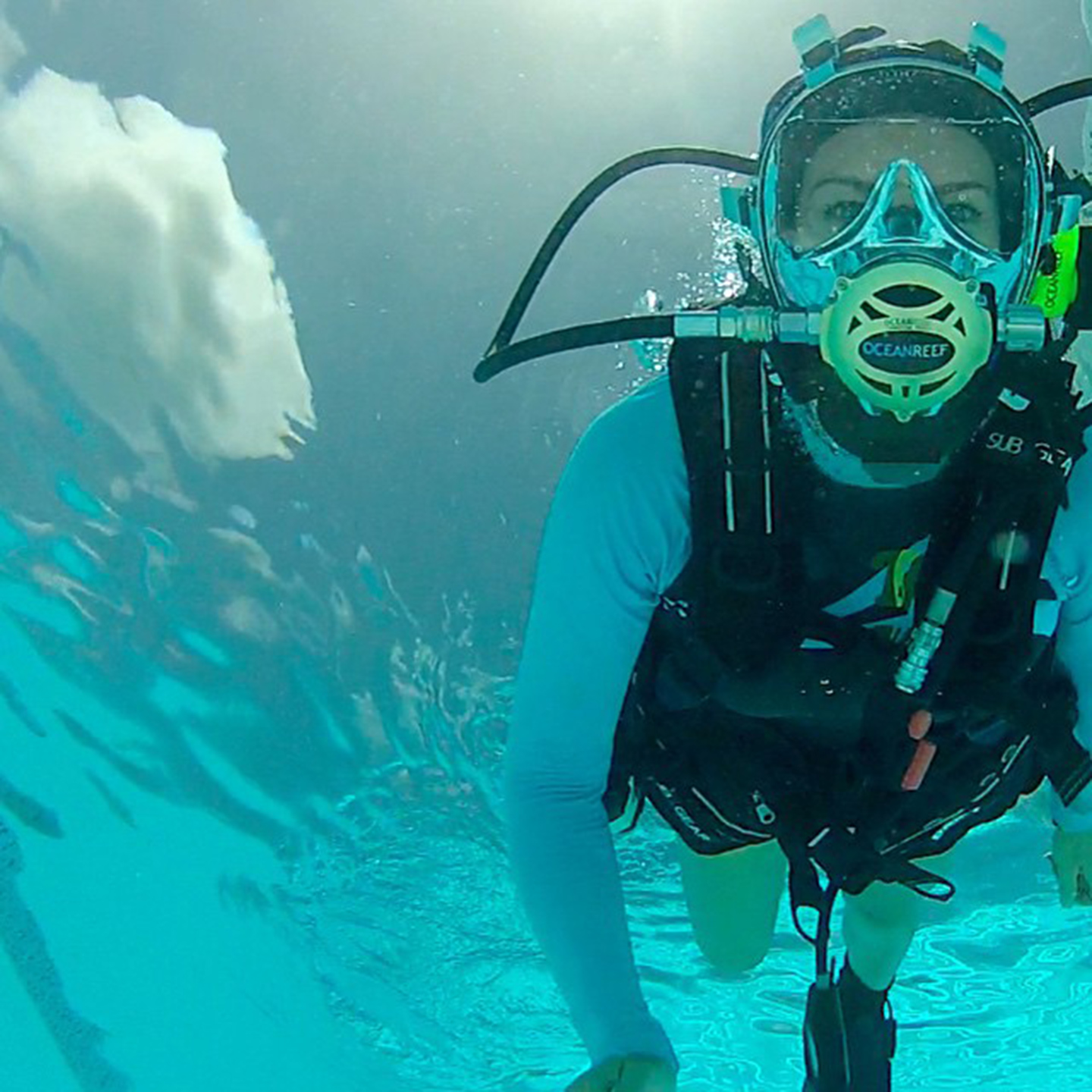
So pack your fins, your chain-mail gloves and head off into the terra incognita because, thank God, it hasn’t all been discovered yet. And don’t forget a tip of the hat and a pour of rum over the starboard side of your vessel in honor of the men and women making sure the dragons of yore are still there for you to experience.
Never one to sit still, Kinga Philipps has tested herself for the past decade by traveling the globe, rappelling, caving, scuba diving, jumping out of airplanes and diving with the sharks as a writer, producer and on-camera host. In her rare bits of free time, Kinga explores her singular fascination with sharks followed by a love for the beach, surfing, motorcycles, cars, charity work, travel, food and action sports.
This article was featured in the InsideHook newsletter. Sign up now.
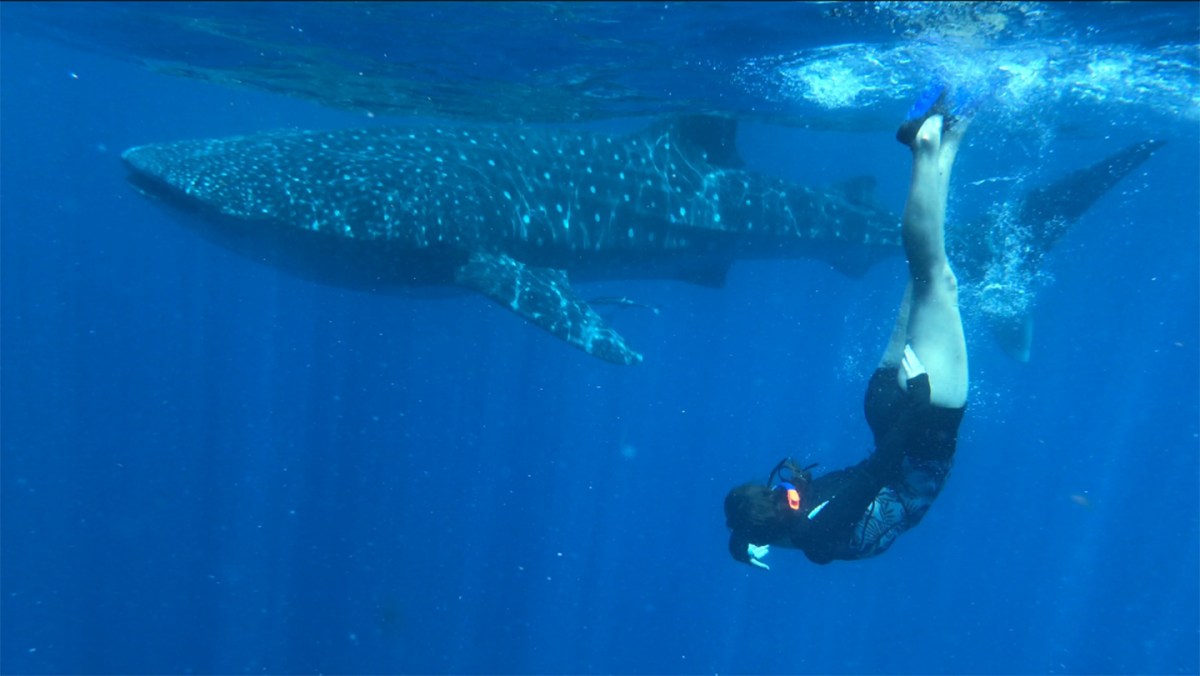








![Ulysse Nardin BLAST [AMOUREUXPEINTRE]; Shinola Circadian Monster 36; Chopard L.U.C LUNAR ONE; Tudor Black Bay Chrono Flamingo Blue; Mark II Fulcrum 39](https://www.insidehook.com/wp-content/uploads/2025/01/Watch-Header.png?resize=450%2C450)
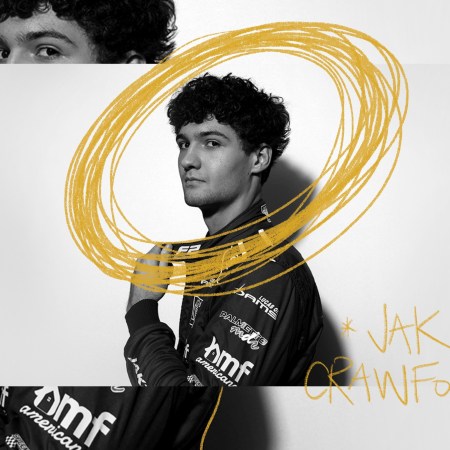




![Ulysse Nardin BLAST [AMOUREUXPEINTRE]; Shinola Circadian Monster 36; Chopard L.U.C LUNAR ONE; Tudor Black Bay Chrono Flamingo Blue; Mark II Fulcrum 39](https://www.insidehook.com/wp-content/uploads/2025/01/Watch-Header.png?resize=750%2C500)







